The Southeast United States offers some of the most diverse kayaking experiences in the country. From crystal-clear springs and ancient cypress swamps to rushing mountain rivers and serene coastal waterways, this region provides endless opportunities for paddlers of all skill levels. The Southeast’s warm climate makes it possible to enjoy these waterways year-round, with each season offering its unique perspective on the region’s natural beauty.
Here is a list of 20 remarkable Southeast U.S. kayaking destinations, showcasing the incredible variety of paddling experiences this region offers.
Wekiwa Springs, Florida
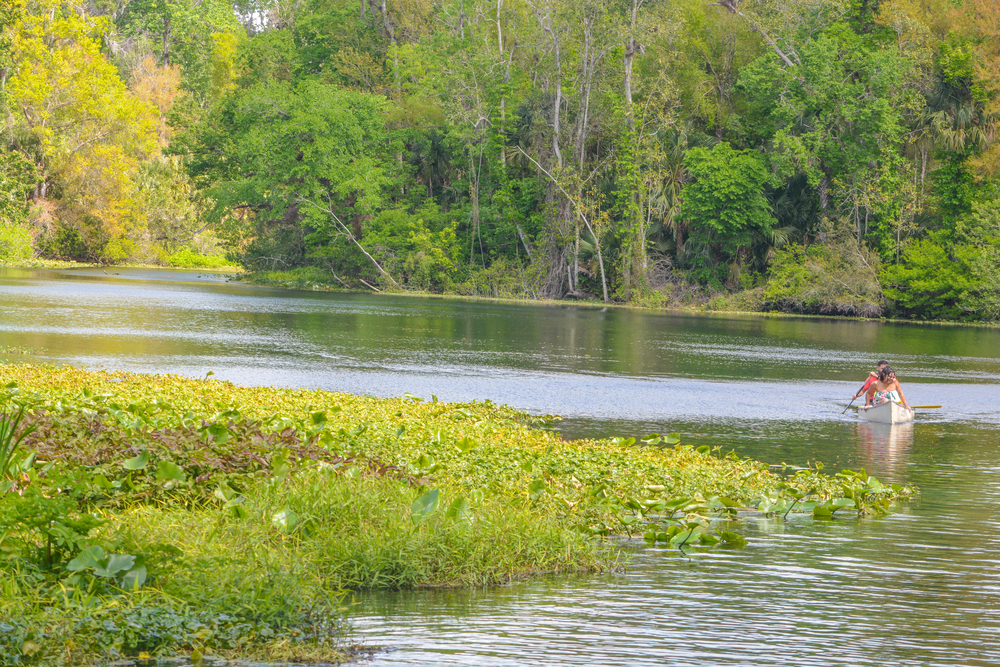
This crystal-clear spring near Orlando maintains a constant 72-degree temperature year-round, perfect for hot summer paddling. Paddlers can navigate through lush tropical vegetation while spotting turtles, fish, and occasional otters resembling underwater acrobatics beneath their kayak.
The spring run extends about 16 miles to the St. Johns River, allowing for trips of various lengths depending on your experience level.
Okefenokee Swamp, Georgia
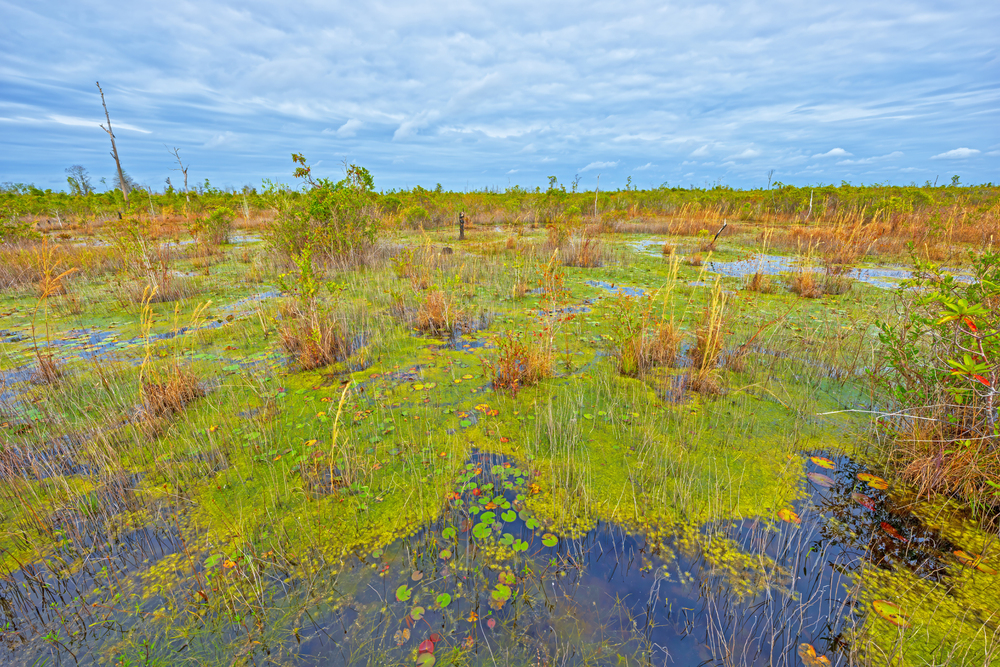
America’s largest blackwater swamp stretches nearly 700 square miles of southeastern Georgia and offers a paddling experience that feels like traveling back in time. Ancient cypress trees draped with Spanish moss create a primeval atmosphere as you glide through tea-colored waters teeming with wildlife.
The swamp’s extensive water trail system includes over 120 miles of marked routes with camping platforms for multi-day adventures.
Like Travel Pug’s content? Follow us on MSN.
Cumberland Island, Georgia
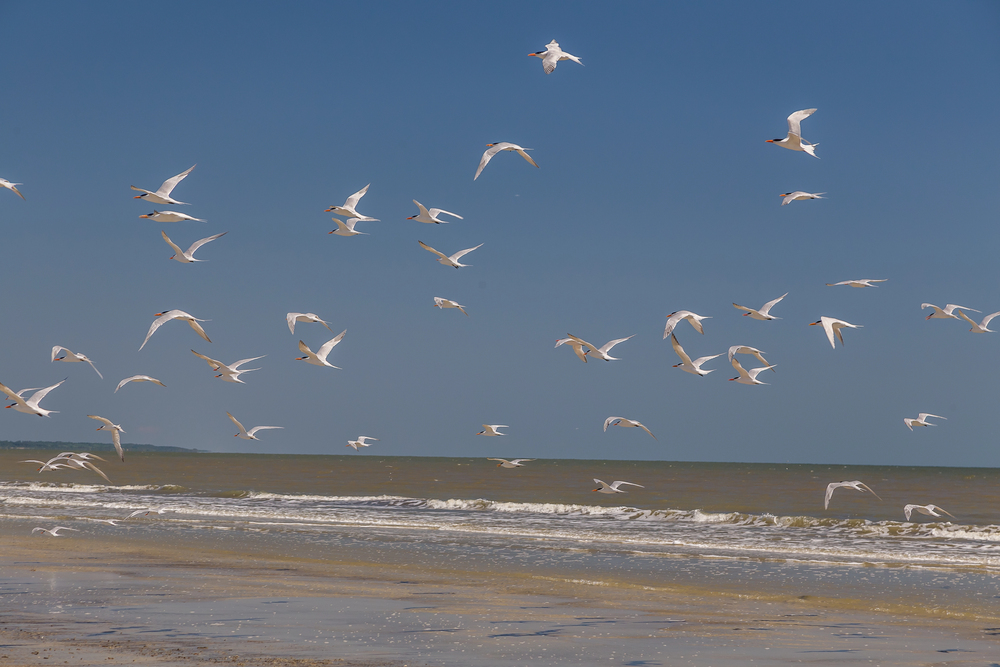
Georgia’s largest barrier island features protected waterways weaving through salt marshes, maritime forests, and pristine beaches. Wild horses roam freely along the shoreline while dolphins frequently accompany paddlers exploring the island’s perimeter.
The west side offers calmer waters in the Intracoastal Waterway, while experienced kayakers can tackle the Atlantic side when conditions permit.
Everglades National Park, Florida
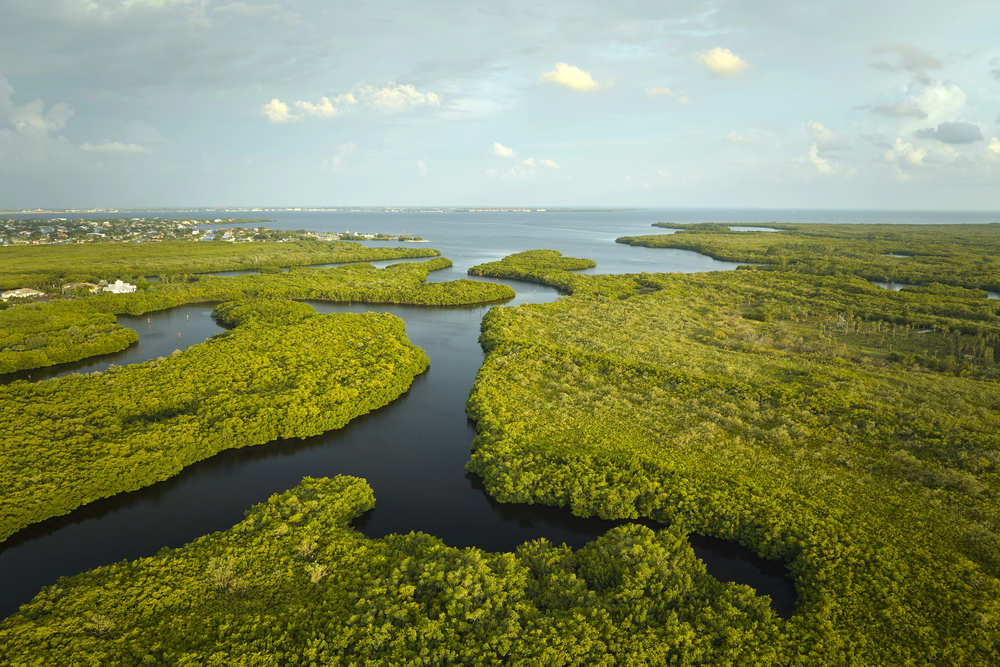
This vast wilderness comprises 1.5 million acres of mangrove forests, sawgrass prairies, and interconnected waterways perfect for extended kayak trips. The 99-mile Wilderness Waterway trail offers one of America’s most unique multi-day paddling adventures through this UNESCO World Heritage site.
Wildlife sightings often include alligators, manatees, dolphins, and hundreds of bird species that make the area their seasonal home.
Suwannee River, Florida
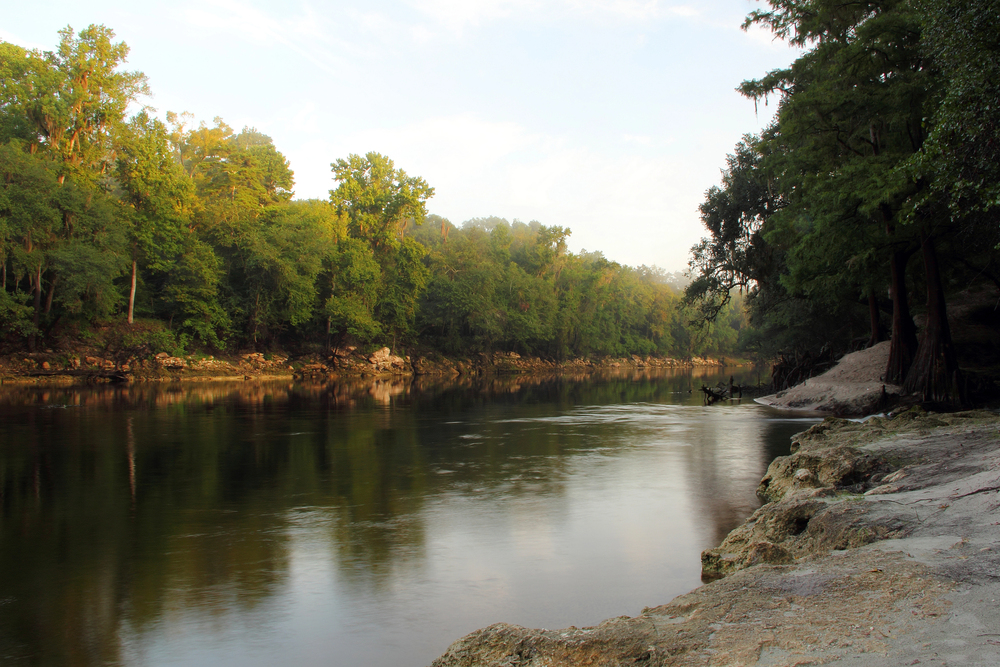
This legendary river flows 246 miles from Georgia’s Okefenokee Swamp to the Gulf of Mexico, cutting through limestone banks and pristine forests. Freshwater springs bubble up throughout the journey, creating crystal-clear swimming spots that provide welcome relief on hot days.
Florida’s state park system maintains a series of river camps for paddlers, making multi-day trips accessible to adventurers of all experience levels.
Like Travel Pug’s content? Follow us on MSN.
French Broad River, North Carolina
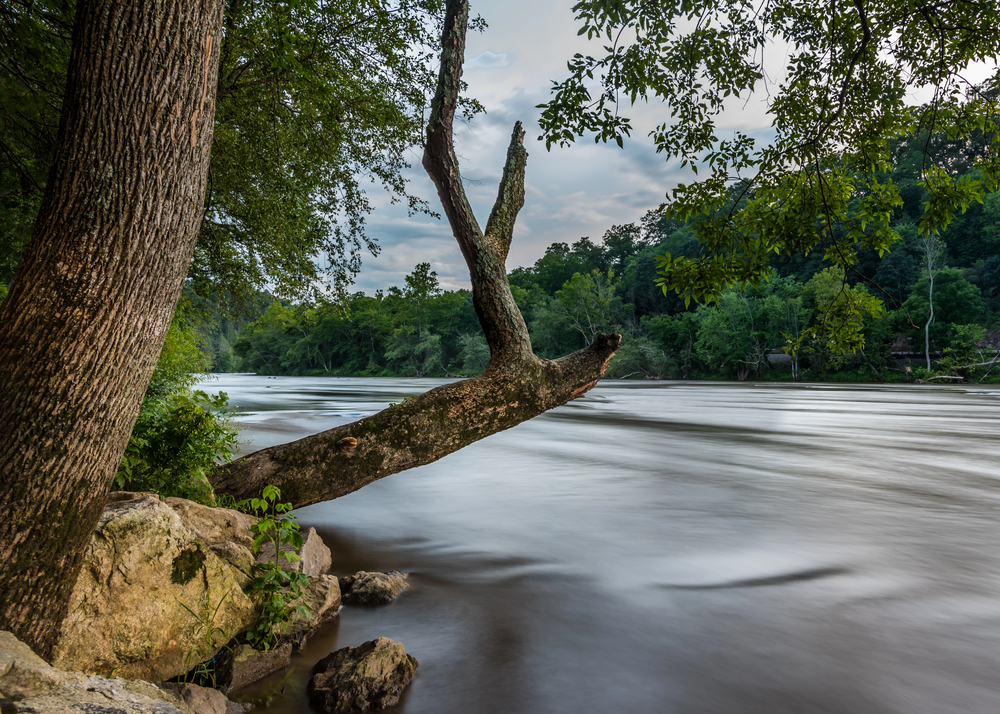
One of America’s oldest rivers winds through the Blue Ridge Mountains near Asheville, offering peaceful flatwater sections and exciting rapids. Paddlers can experience everything from urban kayaking through Asheville’s River Arts District to remote wilderness stretches.
The French Broad River Trail includes numerous access points and camping areas along a 140-mile designated paddle trail that connects diverse mountain communities.
Savannah River, Georgia/South Carolina
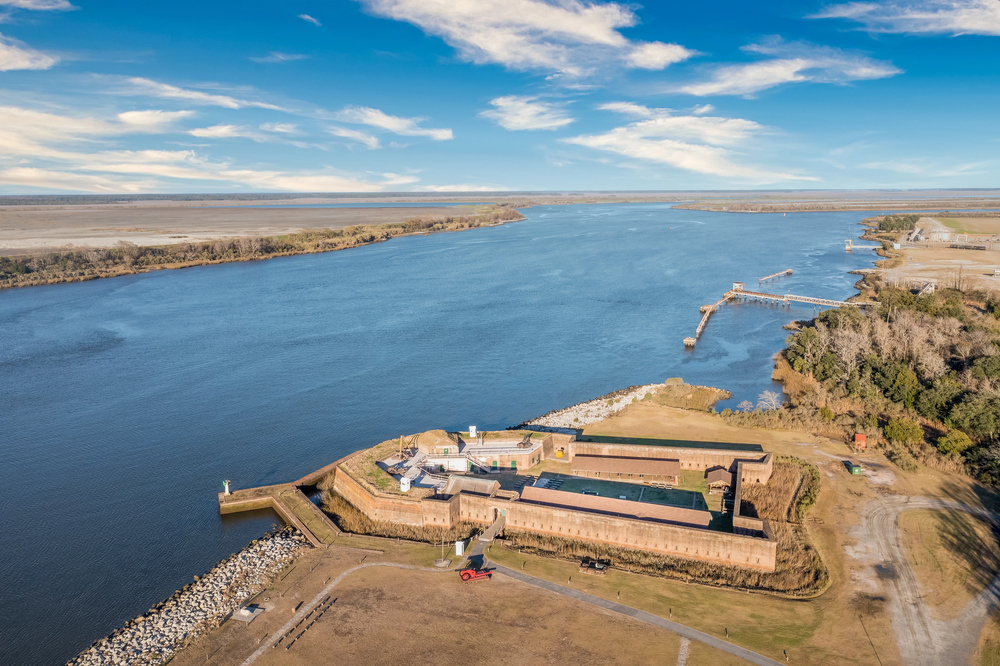
This historic waterway forms the border between Georgia and South Carolina, offering diverse paddling experiences from swift upstream sections to tidal marshes near Savannah. Paddlers can explore cypress-tupelo swamps, bottomland hardwood forests, and coastal wetlands in one river system.
The 200-mile Savannah River Blueway connects multiple communities with designated access points, making day trips or longer expeditions equally accessible.
Gulf Islands National Seashore, Florida/Mississippi
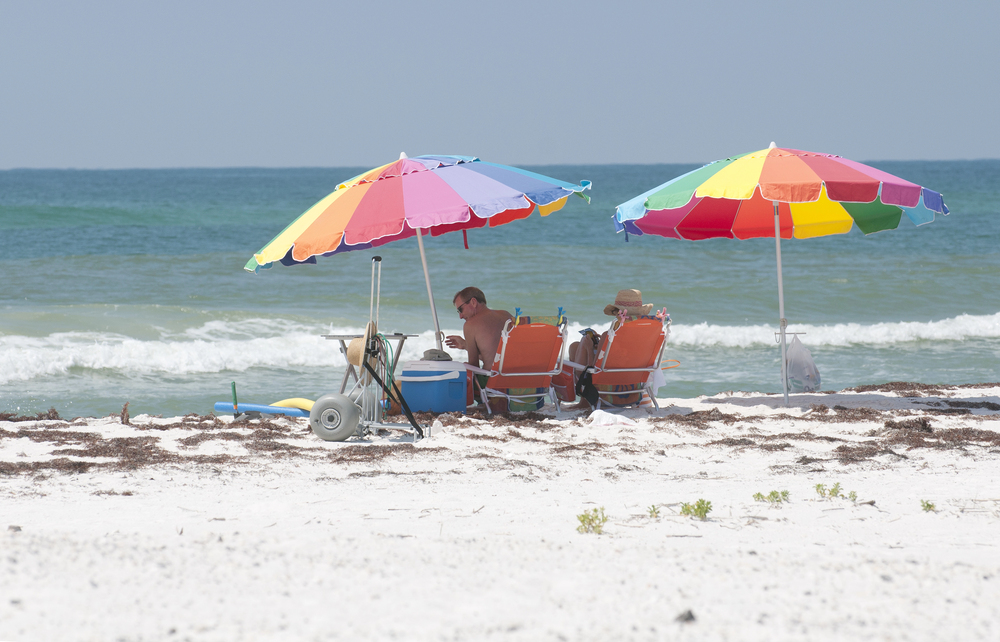
This protected coastal area spans 160 miles across both states, featuring barrier islands with sugar-white beaches and crystal-clear waters. Paddlers can explore calm, shallow lagoons on the mainland or venture to offshore islands for a more challenging adventure.
The area’s diverse ecosystems include salt marshes, maritime forests, and seagrass beds that shelter an abundance of marine life visible through the remarkably clear water.
Like Travel Pug’s content? Follow us on MSN.
Congaree National Park, South Carolina
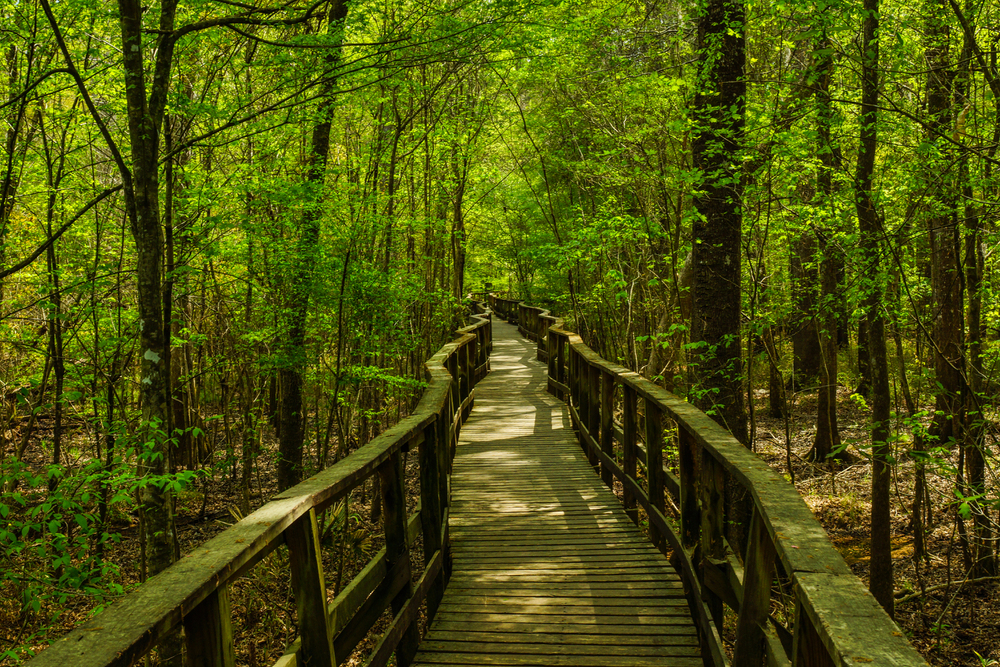
Home to the largest intact expanse of old-growth bottomland hardwood forest in the Southeast, this park transforms into a paddler’s paradise during seasonal flooding. The marked 15-mile Cedar Creek Canoe Trail winds beneath towering trees that create a natural cathedral-like setting.
When higher water levels allow, adventurous paddlers can explore deeper into the floodplain forest among trees that have stood for centuries.
New River, West Virginia/Virginia
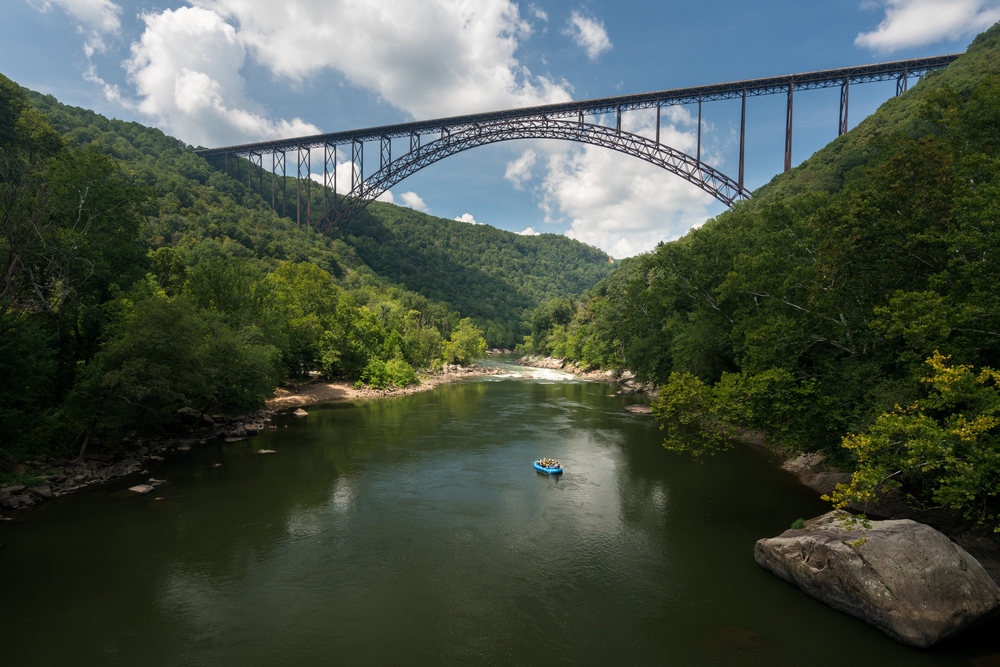
Despite its name, this ancient waterway is one of the oldest rivers on the continent, cutting through spectacular gorges in the Appalachian Mountains. The river offers everything from gentle family-friendly sections to challenging whitewater that draws experienced paddlers across the country.
The protected New River Gorge National Park contains 53 miles of free-flowing water surrounded by some of the most dramatic scenery in the Southeast.
Tennessee River Gorge, Tennessee
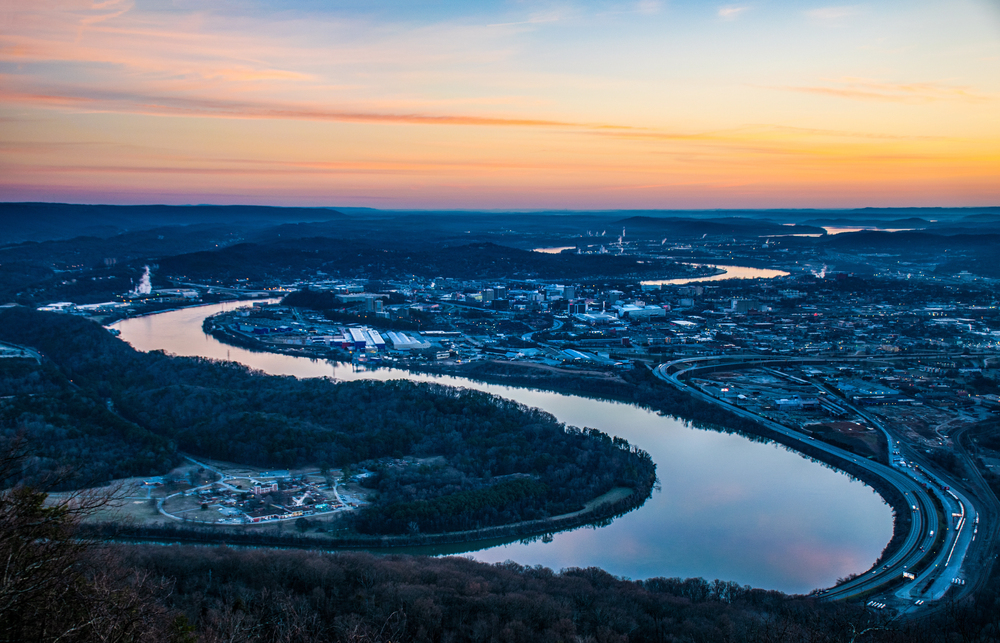
Often called ‘Tennessee’s Grand Canyon,’ this 26-mile gorge near Chattanooga carves through the Cumberland Mountains, creating a stunning backdrop for paddlers. Protected conservation areas along the shoreline preserve the natural beauty of this corridor just minutes from a major urban center.
The combination of reliable water levels year-round and magnificent mountain scenery makes this an accessible wilderness experience for paddlers of all abilities.
Like Travel Pug’s content? Follow us on MSN.
Buffalo National River, Arkansas
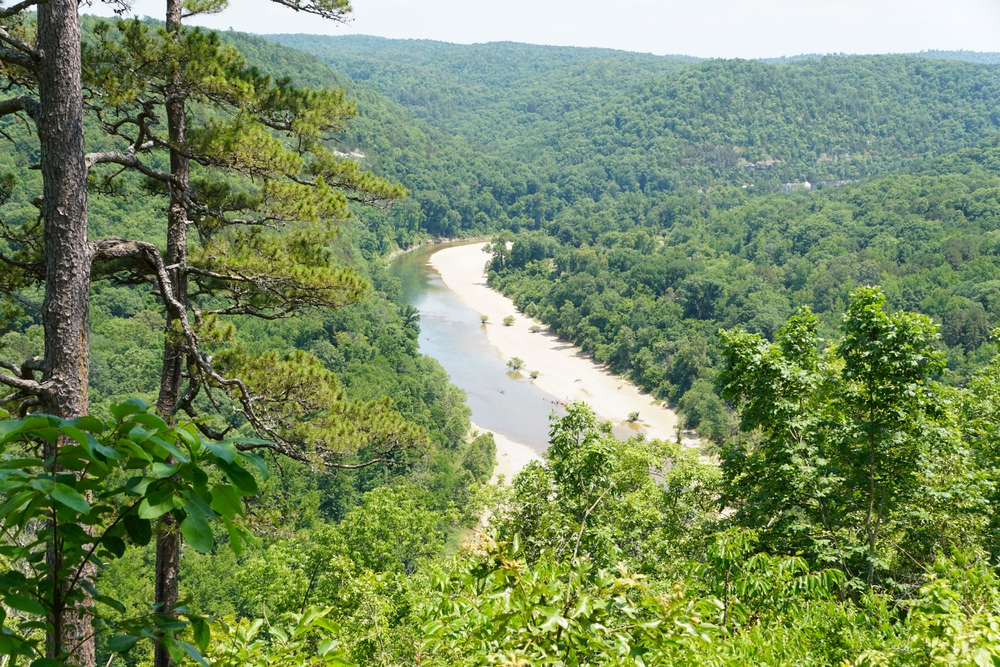
America’s first National River flows freely for 135 miles through the Ozark Mountains without a single dam, preserving its natural character. Limestone bluffs tower up to 500 feet above the crystal-clear water, creating dramatic scenery around every bend.
Seasonal fluctuations transform the river from a gentle, family-friendly stream in summer to a challenging whitewater destination during spring runoff.
Chattahoochee River, Georgia
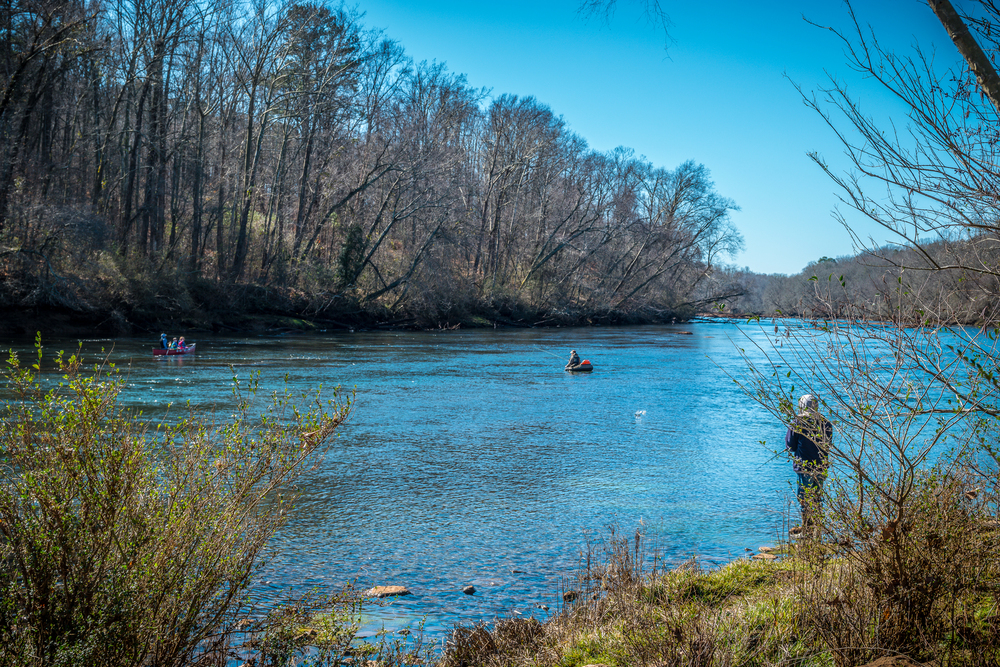
This vital waterway flows from the North Georgia mountains through Atlanta and continues to form part of the Georgia-Alabama border. The 48-mile Chattahoochee River National Recreation Area preserves natural corridors through the Atlanta metropolitan area, allowing urban paddlers to experience wilderness minutes from downtown.
Consistent water releases from upstream dams maintain reliable paddling conditions year-round, making it an accessible escape from city life.
Lake Okeechobee, Florida
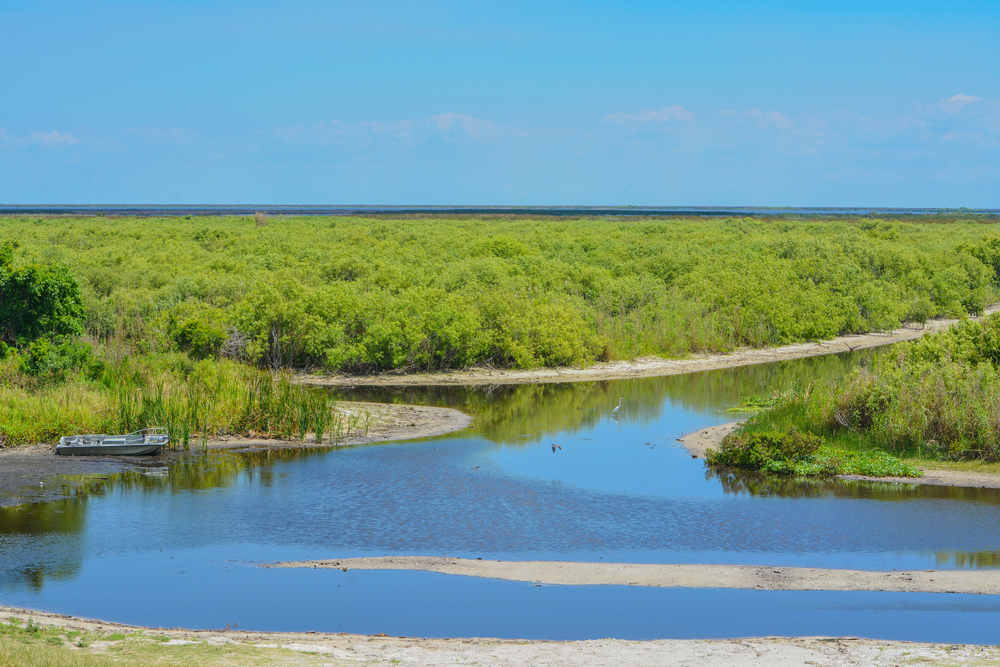
America’s second-largest freshwater lake within a single state covers 730 square miles in central Florida, offering vast paddling opportunities. The Lake Okeechobee Scenic Trail runs 110 miles around its perimeter, with multiple access points for day trips or longer expeditions.
Morning paddling often rewards visitors with spectacular bird activity as thousands of wading birds leave their roosting areas to feed in the shallow marshes.
Like Travel Pug’s content? Follow us on MSN.
Nantahala River, North Carolina
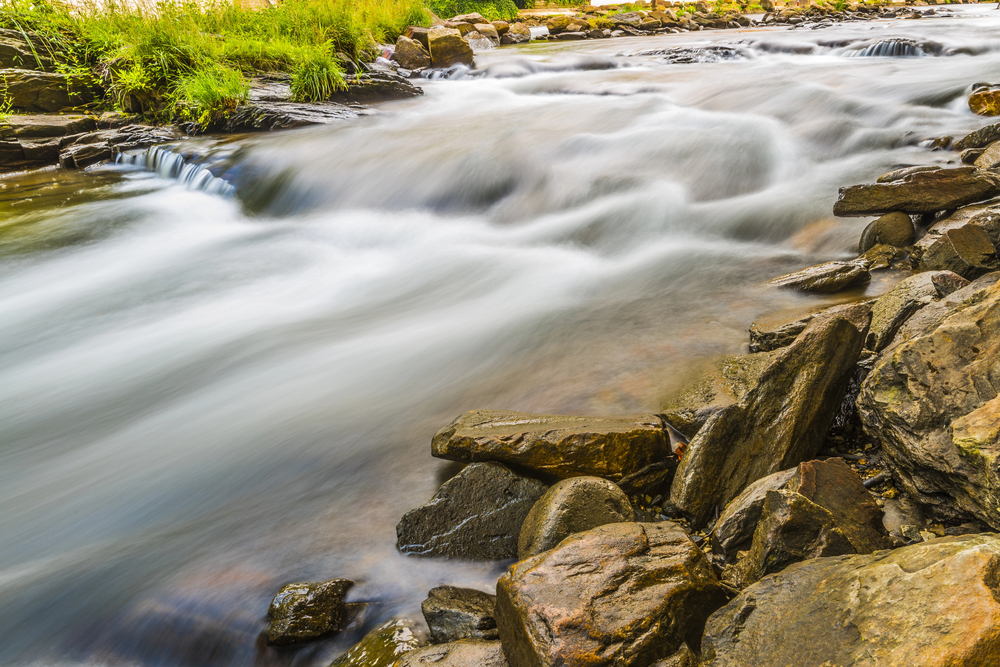
This beloved whitewater destination in the Smoky Mountains offers reliable flows through a gorgeous forested gorge. The river’s chilly temperature (the name means ‘land of the noonday sun’ in Cherokee, as the steep gorge only gets direct sunlight at midday) provides refreshing relief during summer paddling sessions.
Eight miles of accessible rapids make this an ideal learning environment for developing whitewater skills under the guidance of the many outfitters in the area.
Kentucky Lake, Kentucky/Tennessee
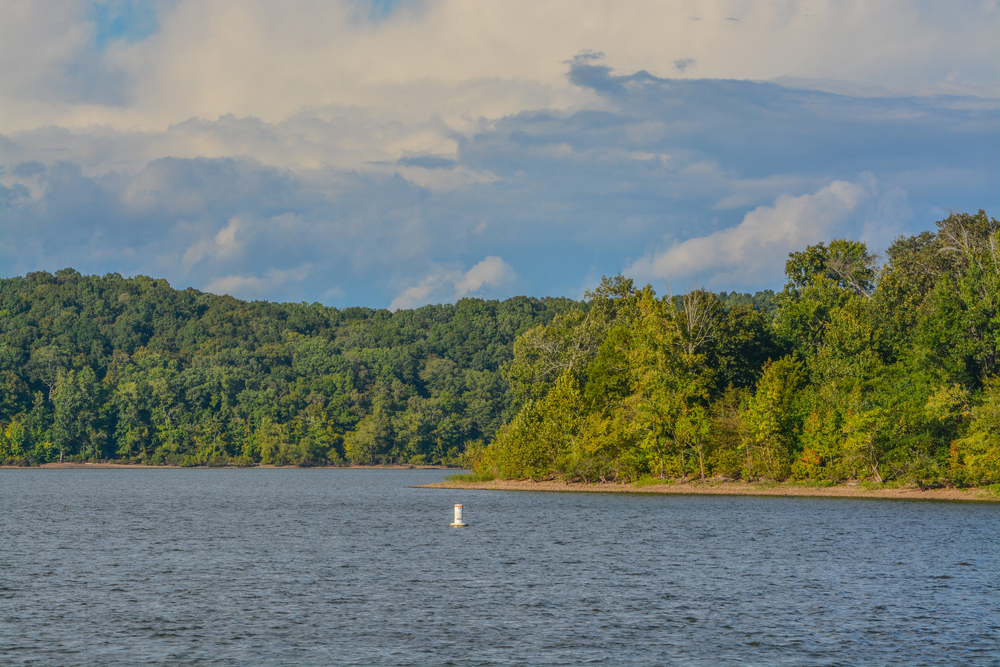
One of the largest artificial lakes in the eastern United States offers 2,064 miles of shoreline to explore by kayak. Countless coves and inlets provide sheltered paddling options even when winds kick up on the main lake body.
The extensive Land Between the Lakes National Recreation Area borders much of the eastern shore, creating a 170,000-acre natural playground for paddlers to explore.
Mobile-Tensaw Delta, Alabama
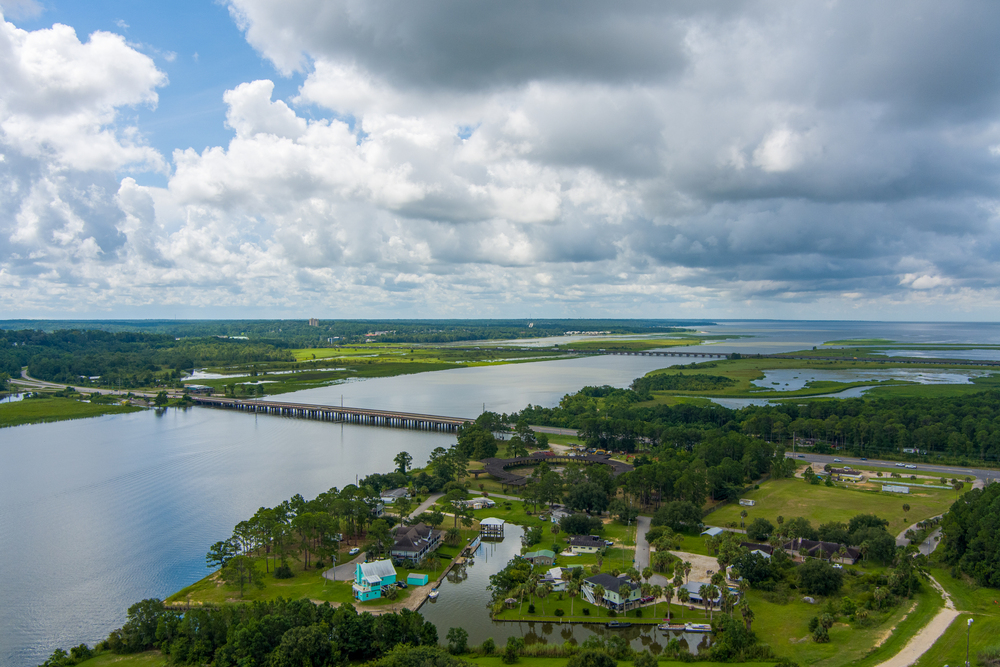
This massive wetland, often called ‘America’s Amazon,’ encompasses over 260,000 acres of swamps, marshes, and forested wetlands. Paddlers can explore a maze of waterways through cypress-tupelo swamps that harbor incredible biodiversity just minutes from Mobile.
The delta’s five rivers converge to create the most diverse ecosystem in Alabama, with alligators, bald eagles, and dozens of rare plant species visible from your kayak.
Like Travel Pug’s content? Follow us on MSN.
James River, Virginia
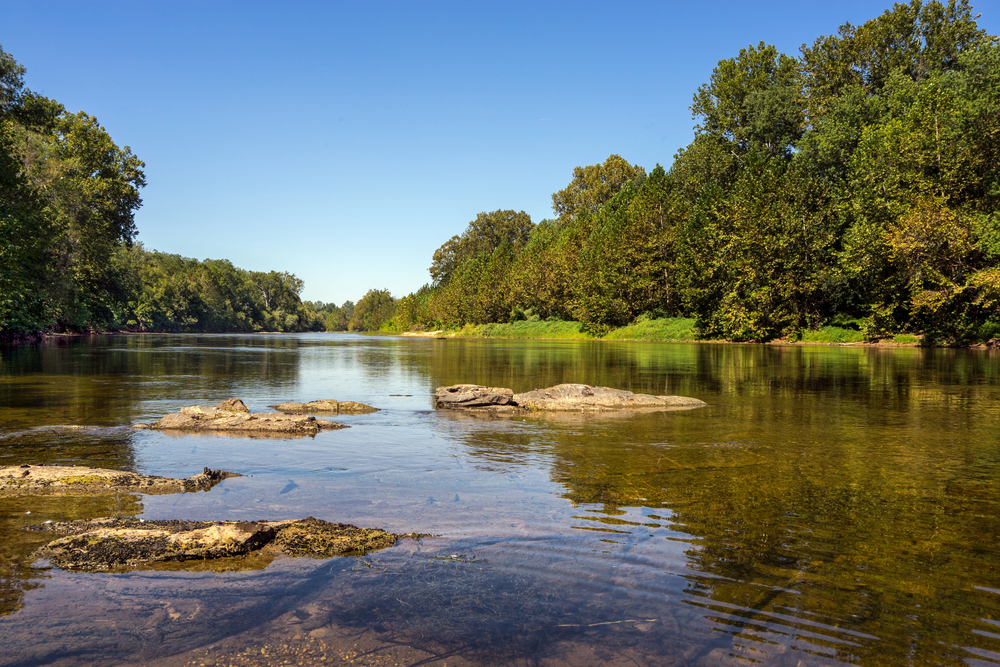
America’s founding river flows 340 miles from the Appalachian Mountains to the Chesapeake Bay, passing through diverse landscapes and historic sites. The James River Water Trail includes 13 sections with detailed maps and access points, making it accessible for paddlers planning anything from afternoon outings to multi-day journeys.
Civil War battlefields, colonial-era plantations, and modern cities connect along this historic waterway that shaped American history.
Great Dismal Swamp, Virginia/North Carolina
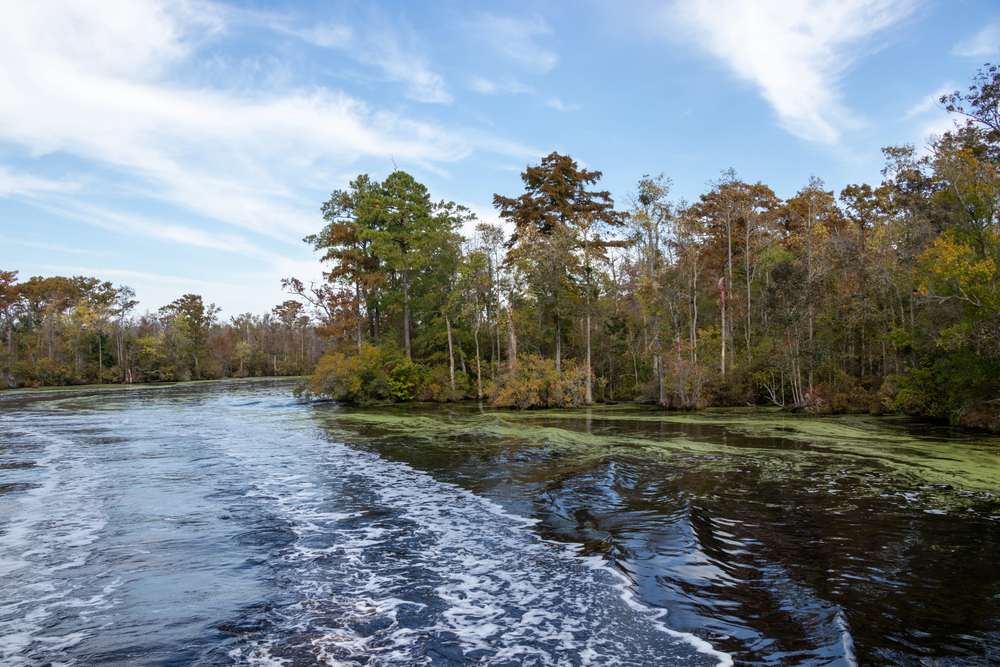
Despite its foreboding name, this atmospheric wilderness offers serene paddling through ancient forests with a fascinating human history. A 22-mile canal built in the early 1800s provides an easy paddling route through the heart of this 112,000-acre national wildlife refuge.
The tannic water creates mirror-like reflections of the surrounding forest, especially during calm mornings, making photography particularly rewarding.
Silver Springs, Florida
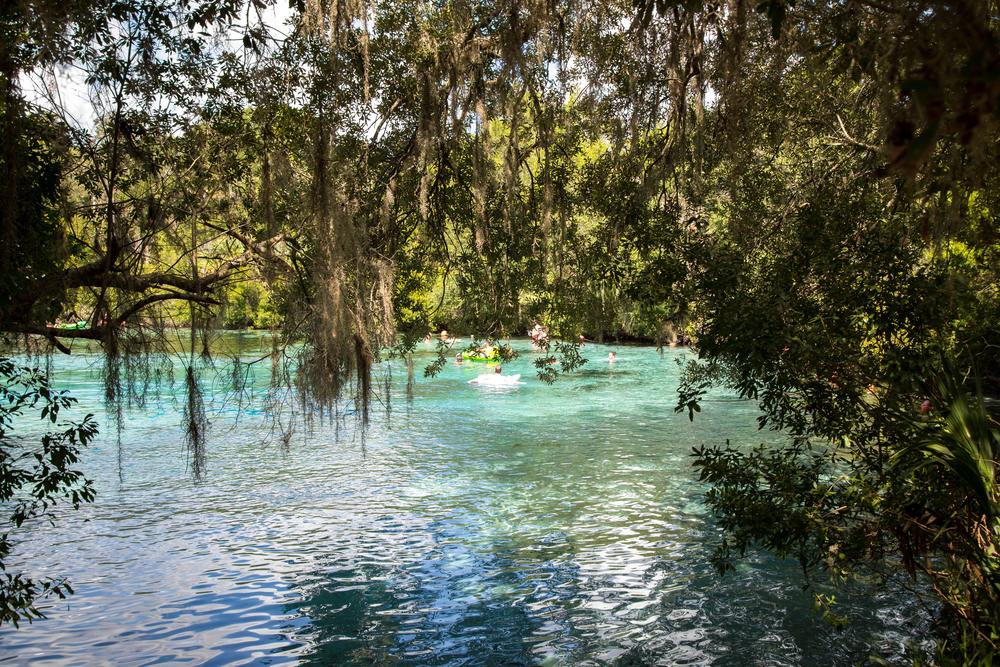
One of Florida’s largest artesian springs pumps out 550 million gallons of crystal-clear water daily, creating a paddler’s paradise of underwater visibility. The water clarity allows paddlers to observe fish, turtles, and occasional manatees swimming beneath their boats with extraordinary detail.
The 5-mile Silver River maintains its remarkable transparency throughout its length, creating a dazzling blue-green corridor through dense subtropical forests.
Like Travel Pug’s content? Follow us on MSN.
Southern Waterways: Past and Present
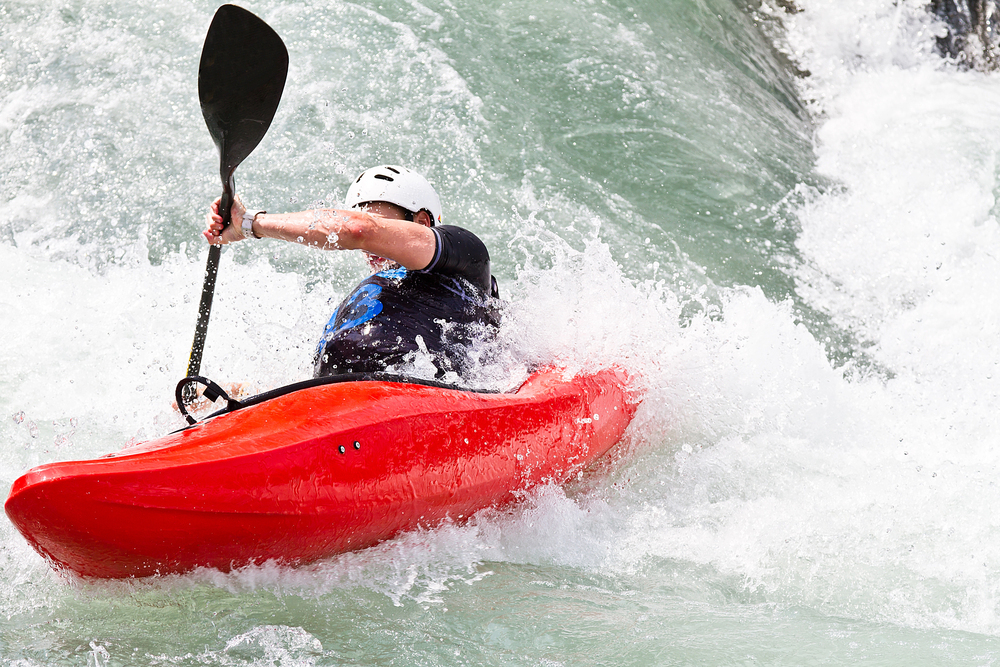
These southeastern paddling destinations represent recreational opportunities, but also connections to the region’s natural and cultural heritage. Indigenous peoples used these waterways for thousands of years before European settlement, leaving behind physical artifacts and traditional knowledge about seasonal patterns and navigation routes.
Whether you’re seeking solitude in ancient cypress swamps or thrilling whitewater adventures in mountain gorges, the Southeast’s diverse waterways offer experiences that connect paddlers to the fundamental forces that have shaped this distinctive region.
More from Travel Pug

- Cities Growing so Fast You Won’t Recognize Them in 10 Years
- 13 Destinations Where Tourists Regularly Regret Their Trip
- 16 U.S. Cities That Are Quietly Becoming Travel Hotspots
- Where to Travel If You Love Long Bus Rides and Daydreams
- 20 Cities Perfect for Solo Travelers Who Crave Adventure & Culture
Like Travel Pug’s content? Follow us on MSN.
